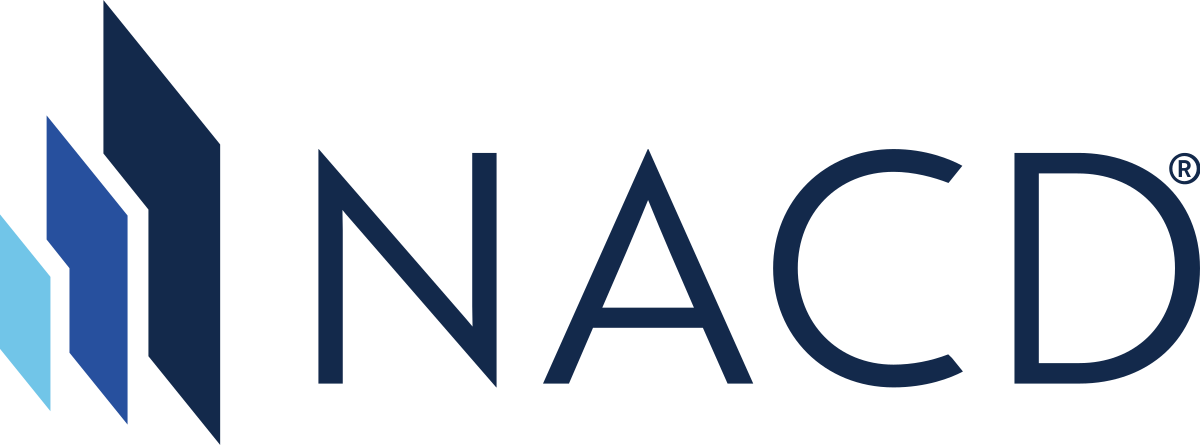Governance Surveys
Directorship Magazine

Online Exclusive
How to Create a Framework to Oversee Emerging Issues
Directors can use this three-phase framework to set risk-taking and decision-making guardrails.
The challenges of today—political shifts, economic instability, and new regulations—are no longer unprecedented. Directors will continue to face these in addition to unpredictable new challenges in the years to come.
A director’s ability to provide strategic guidance, offering vision within adaptable boundaries and backing C-suite choices, helps set the stage for long-term company success.
Board Oversight of Emerging Issues
Board members should have an organized framework to govern their oversight areas, including human capital, cybersecurity and emerging technologies, and financial management. This framework should provide the necessary guardrails for risk-taking and prevent decision-making paralysis within management teams.
Below is a three-phase framework boards can utilize to better oversee and govern a range of emerging issues.
Phase 1: Evaluate Immediate Impact
Boards should first examine an emerging issue from multiple dimensions. They can consider associated risks through the four lenses in the chart below.
|
|
|
|
Reputational Risk
|
Operational Risk
|
|
Legal and Compliance Risk
|
Governance and Investor Risk
|
This approach encourages a 360-degree view of an emerging issue’s impact rather than treating risk in silos.
Management can support this phase by providing the board with quarterly reports that include risk dashboards or heat maps, trend analysis, and stakeholder feedback on relevant topics.
The board’s role is to ask: Are we seeing the full picture? How might this issue affect internal capabilities, compliance obligations, or investor expectations? Could this issue impact brand trust, stakeholder confidence, or public perception? What could go wrong, and are we ready for it?
Phase 2: Align Strategy with Long-Term Goals
It is easy to chase short-term wins or bend against pressure. However, the board should be a stabilizing force that ensures any response to an emerging issue aligns with the organization’s long-term strategy, purpose, and core values.
In this phase, directors should examine whether the proposed path forward reinforces or compromises strategic goals. Directors should consider stakeholder expectations, potential trade-offs, the consistency of messaging, and where nuance and judgment matter the most. Key stakeholder groups may include employees, top investors, proxy advisory firms, and activist groups. Depending on the topic, guidance from an external partner, such as a law, consulting, or public relations firm, may provide a broader understanding of the external landscape and the best response to take.
Once the immediate risks have been evaluated, directors should do the following:
- Plan for short-term changes. Does the company need to act quickly to minimize short-term risk (e.g., litigation or investigatory risks, business risks, talent retention risks)?
- Evaluate in-flight activities. Are there programs underway that may need to be adjusted to better address the changing external environment (e.g., incentive plans, artificial intelligence investments, expansion to new markets)?
- Revisit old methodologies. Will the company’s current ways of operating hold under these evolving conditions (e.g., committee responsibilities, cadence for updates from management, role of the board in investor discussions), or should a new enterprise risk management structure be established?
In addition to stakeholder mapping and strategy scorecards, scenario planning can help boards and management explore options and anticipate unintended consequences.
Phase 3: Implement the Framework
Boards help define how companies move forward by establishing governance guardrails that empower management to respond quickly while ensuring critical oversight remains intact. This might include redefining committee responsibilities, identifying key skills and ensuring both directors and management stay current with those skills, conducting regular board evaluations to ensure accountability and transparency, and reevaluating topics captured in ongoing education materials.
Communication is also key. How decisions are conveyed to employees, investors, and the public can shape outcomes as much as the decisions themselves. By taking an active role in setting the pace and tone of communications, directors demonstrate leadership and preserve organizational integrity.
To support management’s responsiveness to emerging issues, boards can encourage the team to do the following:
- Enable swift decision-making with decentralized governance and cross-functional teams, reducing time lost due to confusion of responsibilities or the challenges of scheduling with a large group.
- Align strategies with key stakeholders and ensure consistent messaging across all communications.
- Invest in ongoing training across all levels of the organization and regularly update scenario-planning frameworks.
Case Study
Imagine a health-care company preparing to launch a new AI-powered diagnostic tool across the European Union (EU). Management is enthusiastic and sees a competitive advantage in the company’s speed to market. The board, at first, seems ready to approve a fast-tracked launch, but as it applies the three-phase model above, it reaches a different conclusion.
During phase one, the board recognizes significant risks, such as ethical concerns around AI decision-making, a lack of clarity on how patient data will be handled under the General Data Protection Regulation, and limited internal expertise on EU regulatory requirements. It also realizes that no board committee currently has direct oversight of AI governance.
In phase two, directors revisit the company’s long-term mission, which is “advancing health through trusted innovation.” They realize a rushed launch of the tool might undermine patient trust and investor confidence. They also consider the reputational risks should regulators or the public perceive the launch as irresponsible.
As a result, in phase three, the board pauses the launch and forms a temporary AI oversight task force. The task force brings in outside ethics counsel, trains executives and board members on AI risk, and develops a phased launch strategy that prioritizes transparency. The board communicates this shift openly with investors, reinforcing the company’s long-term commitment to responsible innovation.
Creating a robust framework for navigating emerging issues demonstrates an ongoing commitment to resilience and adaptability. Boards that use this three-phase model can improve oversight quality and consistency, guide organizations with purpose, and bolster stakeholder trust to thrive in an evolving landscape.
The views expressed in this article are the authors own and do not represent the perspective of NACD.
Aon is a NACD partner, providing directors with critical and timely information, and perspectives. Aon is a financial supporter of the NACD.

Sahar Hassan is a director in Aon’s Executive and Board Advisory practice, specializing in delivering strategic, data-driven guidance to boards and executive leadership teams worldwide.

Katie Hill is a director with Aon’s talent solutions team. She provides strategic consulting to boards and executive leadership teams on the design, implementation, and execution of people-related initiatives.

Dave Hofrichter is a senior partner and leader with Aon’s Executive and Board Advisory practice, with over 30 years of experience in all aspects of executive and director compensation.

